The children had gone to the hospital for various reasons: One had jaundice, another malaria. A third had a broken bone. But once they were admitted, they all tested positive for the coronavirus, a worrying trend in South African hospitals that hints at how transmissible the new variant, omicron, may be.
The doctors in the children’s wards of two large hospitals in Johannesburg say they have not seen a spike in admissions, and they still do not know whether the children have omicron. But the increase in the number of those who test positive after coming in may provide a glimpse into the behaviour of the heavily mutated variant that was discovered just last month, and about which little is known.
“Our suspicion is that COVID positivity rates in the community setting are very, very high at the moment and increasing,” said Dr Gary Reubenson, a pediatrician at the Rahima Moosa Mother and Child Hospital in Johannesburg.
Children younger than 12 are not yet eligible for COVID-19 vaccines in South Africa, which also leaves them more vulnerable.
While it is still too soon to draw any conclusions about the severity of the illness caused by omicron, early modelling and analysis suggest that it may move twice as fast as the delta variant.
“What is scary now is the proportion of patients who are positive among those who are admitted is very high,” said Dr Sithembiso Velaphi, who works at the Chris Hani Baragwanath Hospital in Soweto. “The number of admissions overall has not increased.”
And although the number of young patients is relatively small, doctors noted that few of the children so far have needed oxygen.
The number of coronavirus cases in South Africa continues to rise exponentially in a fourth wave of infections that epidemiologists believe is driven by omicron. Since the variant was first sequenced and announced by South African doctors Nov 25, it has become the dominant strain among samples tested in the country.
At the Rahima Moosa hospital, a public hospital that serves working-class neighbourhoods in central Johannesburg, Reubenson said that he had not seen a spike in admissions but that a higher proportion of paediatric patients and pregnant women were testing positive for the coronavirus.
But, he cautioned, it is still too early to draw conclusions about the variant. On Tuesday, there were 10 patients in the paediatric COVID-19 ward, but very few showed respiratory symptoms. Only one child, who was diagnosed with pneumonia, needed oxygen, said Reubenson, who also works as a paediatric infectious diseases specialist at the University of the Witwatersrand medical school.
The relatively small number of COVID-19 patients needing oxygen was in line with findings in an early report from doctors at the Steve Biko Academic and Tshwane District Hospital Complex in Pretoria, currently the epicentre of the outbreak in South Africa.
At the Chris Hani Baragwanath Hospital in Soweto, Velaphi has seen a similar pattern in the paediatric COVID-19 ward. On Tuesday, 12 children were admitted, three of whom needed oxygen.
It is still too soon to tell whether the children will develop a potentially more serious condition, multi-inflammatory syndrome, which has been found in some children who test positive for the virus. It can take about six to eight weeks after infection for that to develop, Velaphi said. Symptoms usually includes stomach pain, diarrhoea and vomiting, among others.
In both hospitals, it was unclear how many of the children came from homes with vaccinated parents or guardians. In the labour ward at Rahima Moosa, it was also not clear how many pregnant women had been vaccinated.
But data from the National Institute of Communicable Diseases showed that many of the children who tested positive for COVID-19 had parents or guardians who were not vaccinated.
While preliminary studies show that previous infection may not protect against the new variant, the relaxation of regulations such as mask-wearing and social distancing in late October most likely played a part in the increased positivity rate, Reubenson said.
In the previous wave of infections, driven by the delta variant, children made up 12% of positive coronavirus cases, according to data from the communicable diseases institute.
Then, during the South African winter, when children attended school on a staggered timetable, more teenagers were infected and admitted to the hospital, said Dr Waasila Jassat, a public health specialist at the National Institute of Communicable Diseases.
South Africa extended vaccination to children as young as 12 in October, with more than 652,000 vaccinated so far. The South African government authorized one shot of the Pfizer-BioNTech vaccine for the 12-17 age group, with the second dose available starting in January.
To bypass hesitant guardians and parents, teenagers do not need permission from their parents or guardians to get the shot at free, public vaccination stations.
This may account, Jassat said, for why there are more younger children testing positive than teenagers. It is not yet clear if South Africa’s health products regulator will authorize the use of vaccines for children younger than 12.
As of last week, vaccine manufacturers had not yet sought approval to administer vaccines to children younger than 12 in South Africa, officials said.
© 2021 The New York Times Company


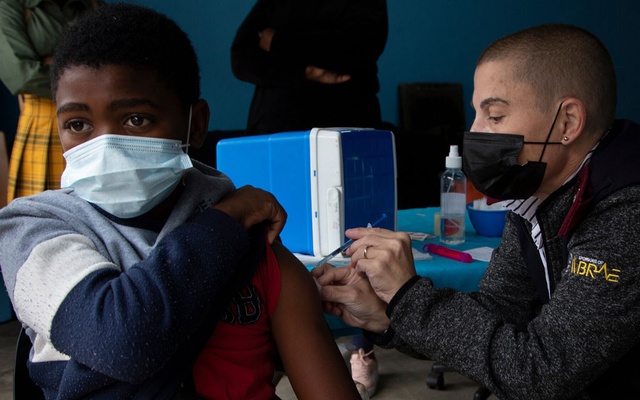

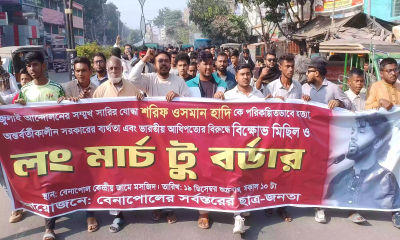


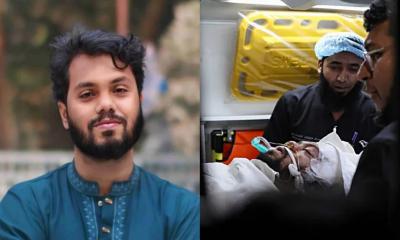

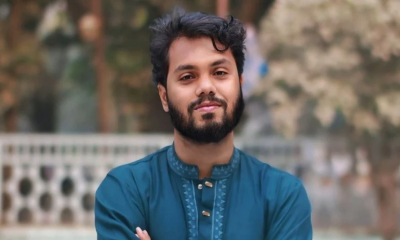

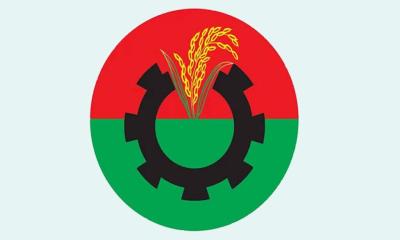
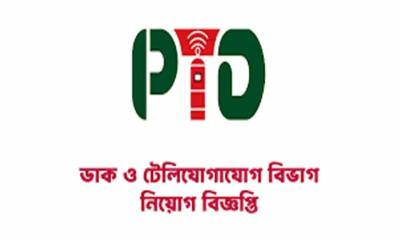

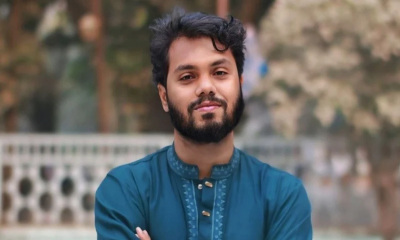
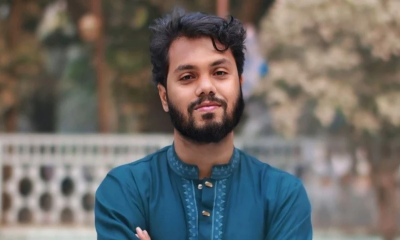
-20251218165258.jpeg)
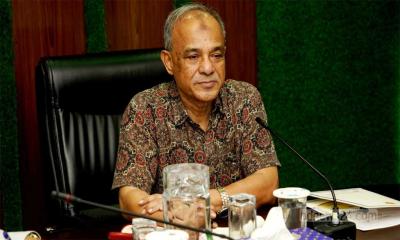
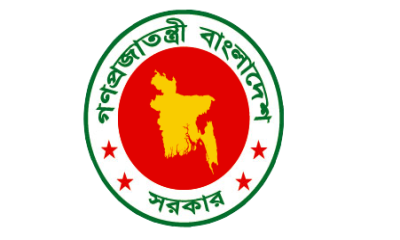
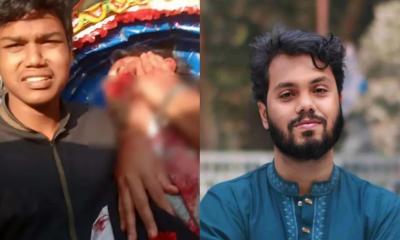
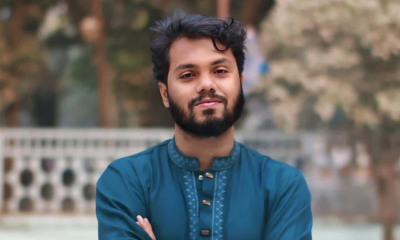
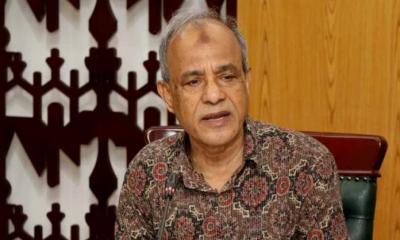

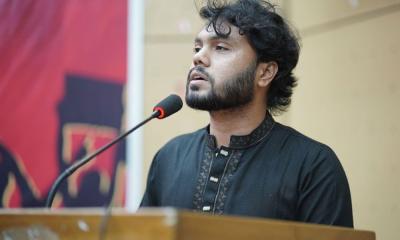
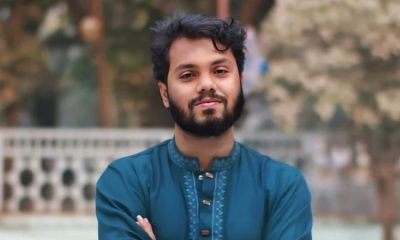

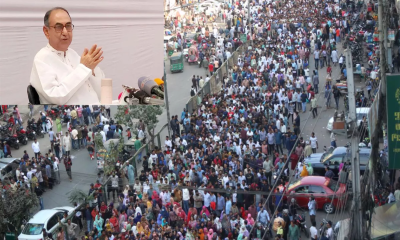
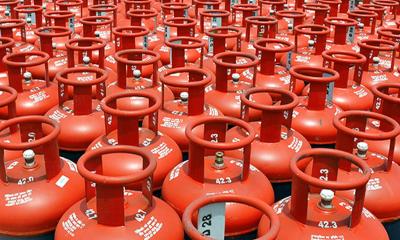

-20251216090625.jpeg)
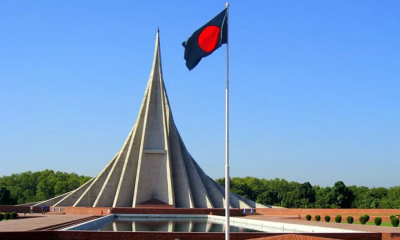
-20251216054240.jpeg)
